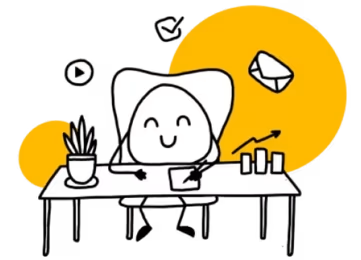Refining Product Development Processes and Infrastructure for Rotageek as Interim Product Managers
About how we helped to set up a Product Department, scope Roadmap, and Improved the current Product by doing Discovery

The Client: Rotageek
Your go-to Rotations and Schedule Management tool
Rotageek was founded in 2009 by two medical doctors and a tech guru who wanted to make the rotations and schedule of an Accidents & Emergency Department fair, flexible and simply better.
A step into retail and a few years later saw the company evolve into an award-winning, best-in-class employee scheduling solution that has re-invented how rosters are done.
🔥 Rotageek has raised over 13M GBP in seven funding rounds (Crunchbase).O2, GAP, RAC, Lush and Sephora are among the big names that relay on the Rotageek solutions to maintain their teams' performance and schedules at their best.
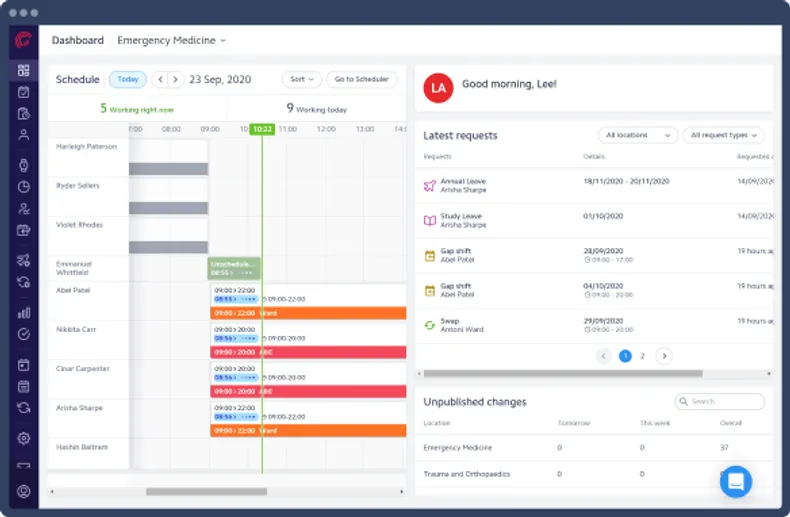
The Mission: Interim Product Manager to Ramp Up Product Teams
We joined to support and assist the team with establishing and reinforcing a Product Team and Processes to better align with the engineering team. This came with a range of sub-missions and tasks to be done, among them: cleaning up the backlog, working on Product discovery, redefining how tickets are written, clarifying what is/was agreed with the client for the whole team to understand, improving the roadmap.
How We Helped
Mission 1: Rolling out the UK National Health Services Trusts
The client had secured a contract with the NHS (National Health Services) for their ESR (Electronic Staff Record) but at the time they did not have a Product Manager and things needed to be done to deliver the contents of the contract and what was expected.
The scope of this mission was not limited to one contract because ensuring a good delivery for the NHS project was also tied to making sure the internal processes and workflow are done properly for all other endeavors.
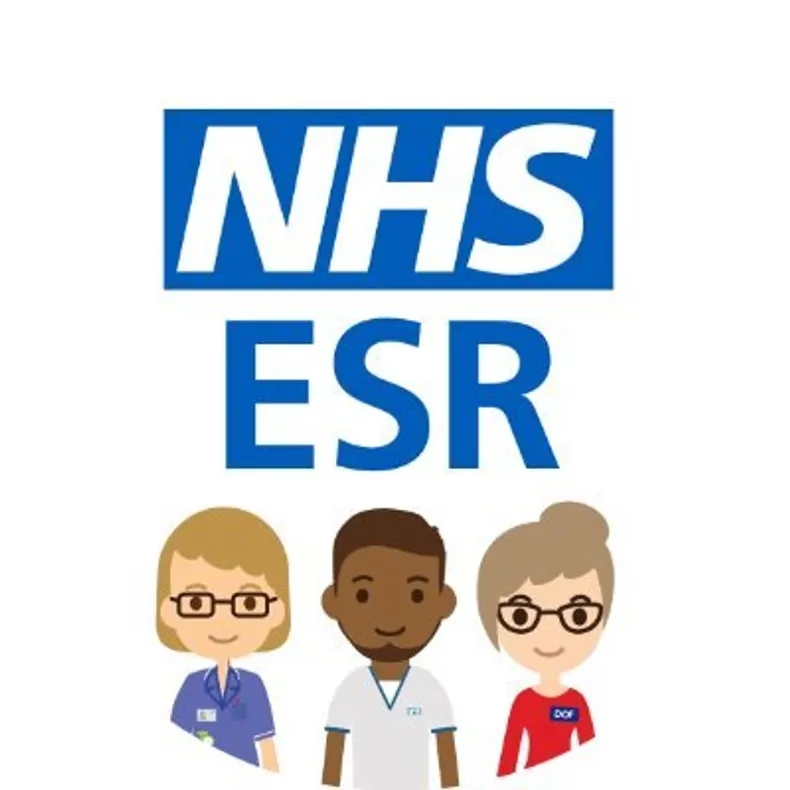
This included:
- Improving the way tickets were issued, used, and resolved. The tickets which were stacked were mostly technical, so the focus was shifted to the core structure around processes so that we could unpack tickets and go back to rebuild them once validated. After that, estimating and refining tickets went smoothly.
- Reorganizing & building a validated Product backlog. We changed the process from a reactionary solving of the queue to discovery and proactivity, all while keeping the sales team involved and aware of what was going on. This served to improve the way the NHS contract and project was dealt with, but also gave learnings to the whole team about what to expect for such clients/cases.
- Improving Product processes and paving the way for a Product Team. We worked on involving and aligning the cross-functional team by implementing weekly touch-bases and better communication. We saw success in their Scrum ceremonies with better sprint goals and more accurate deadlines.
- Developing an onboarding guide for the new Head of Product, so she can focus on strategic initiatives. After successfully implementing some changes to improve and optimize the processes, we had an onboarding guide ready for the new Head of Product to go through with all the necessary documentation and priorities, so the transition could take place quickly and smoothly.
Mission 2: Driving Integrations & Partnerships
This covered inbound and outbound data exchange between customers and 3rd party platforms. Partner integrations save time and bring efficiency to Rotageek customers.

This is what we did:
- Brought structure to an unprioritized Technical Backlog: the backlog needed better structure, it was challenging for anyone to know what was a priority, where it belonged, and the value to the business. We carefully sliced and diced the technical backlog by archiving/purging tickets or by assigning them to relevant themes. In this process, we engaged the respective stakeholders that requested those tickets to gain further context and decide on action.
- Established a discovery process: in collaboration with the new Head of Product, we aligned on business goals, which provided direction and clarity on which backlog items needed rework. We conducted discovery on structured pieces of work by interviewing stakeholders, collecting insights from long email threads, and engaging the tech team with great questions. This ensured that the right features/bugs were being tackled.
- Reframed problem statements: we took time re-writing priority tickets including acceptance criteria so that they were clear for the dev team and refinement ready. This paid off during Scrum ceremonies, with less time spent understanding the problems and rather focusing on progressing into estimated work.
- Building 3rd party integration documentation: we worked on the visibility of 3rd party integrations initiatives working with the sales and customer success teams. Customers are expected to gain from end-to-end data exchange, by understanding data needs and the business value, we produced an outcome-driven roadmap supporting a valuable sales pipeline.
- Restructuring the API: based on the integrations roadmap, we identified gaps in the API and recommended priority rework to improve data completeness and speed of exchange.

Mission 3: Integrated Product Discovery
Several initiatives were proposed by clients and internal stakeholders that aimed at improving the current product. Suggested changes would help deliver a better product to the clients, as well as also strengthen Rotageek’s position by winning new clients in the Retail and Healthcare markets.
We decided to run two Product Discovery Projects to fill the gap between the raw concept of a feature and actual product delivery. One aimed to improve the product for the Healthcare industry, and the other one aimed to enhance the product as a whole for the Retail and Healthcare market.
Part one: research goal and expectations
A good discovery starts with uncovering the underlying user need to then identify the optimal solution. That is why in both cases, the discovery started by:
- Setting the right expectations about the research goal with the Head of Product.
- Developing a plan of how we would get those big pieces of information that would help us to understand the underlying user need.
- Setting a system to actively share the findings with the stakeholders involved.

Part two: understanding the product and interviews
Once we were sure about the research goal and the outcome expected, we started with the actual discovery.
To start with, we initiated conversations with the Product, Customer Support, Sales, and Development departments. That helped us to start mapping the Product Flow and to spot some possible problems to contrast with actual customers later.

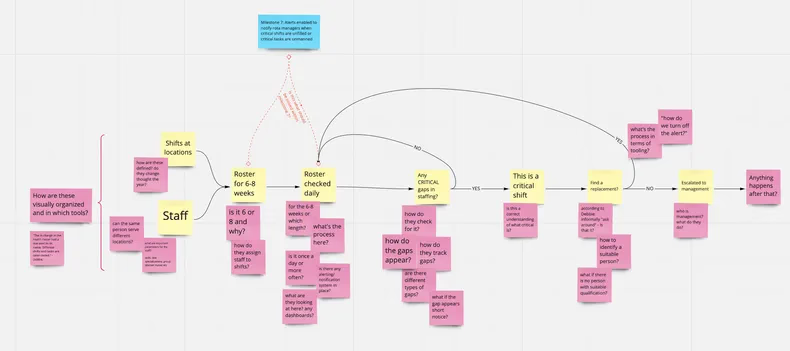
After that, we started interviewing actual customers to better understand their goals, motivations, and pain points. Thanks to these conversations, we were able to validate the research hypotheses and gain real insights into the user personas involved with the product.
Part three: debrief, new flow, Jobs-To-Be-Done
After customer interviews, we were ready to review the findings:
- We checked every note, script, and video to identify statements that clearly show users’ goals, motivations, and pain points. That helped us to focus on the important problems.
- We crafted a new process flow based on the conversations. This flow helped us catch the differences between how we thought users were using the product, and how they were actually using it.
- We identified pain points: highlighted the parts where the product wasn’t giving the outcome expected to the users.
- We used the Jobs-To-Be-Done **framework to write the problem statements we found during the process, to better understand the inner motivation behind each user action. Thanks to those Jobs-To-Be-Done statements, the Product department was able to craft the right user stories to be developed in the next sprint.
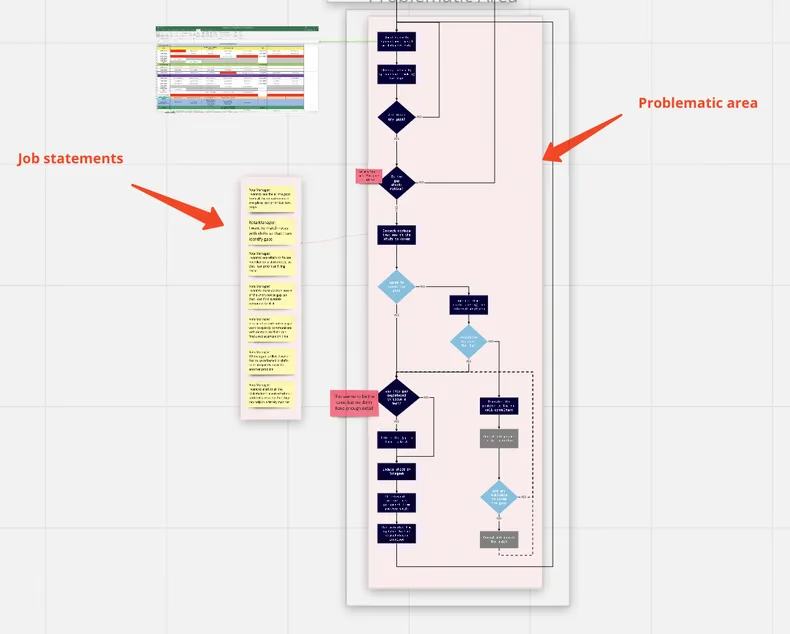
Delivered Outcomes
💡 Refined Product Development processes and infrastructure for a Head of Product and a Product Team to be able to take over and operate.
💡 A Roadmap and a Backlog for the new missions.
💡 Successful Partnerships Integrations.
💡 Discovered and scoped new features based on extensive user research.
Space Crew of this Mission



For Clients: When to Hire Us
You can hire us as an Interim/Freelance Product Manager or Product Owner
It takes, on average, three to nine months to find the right Product Manager to hire as a full-time employee. In the meantime, someone needs to fill in the void: drive cross-functional initiatives, decide what is worth building, and help the development team deliver the best outcomes.
If you're looking for a great Product Manager / Product Owner to join your team ASAP, Product People is a good plug-and-play solution to bridge the gap.
